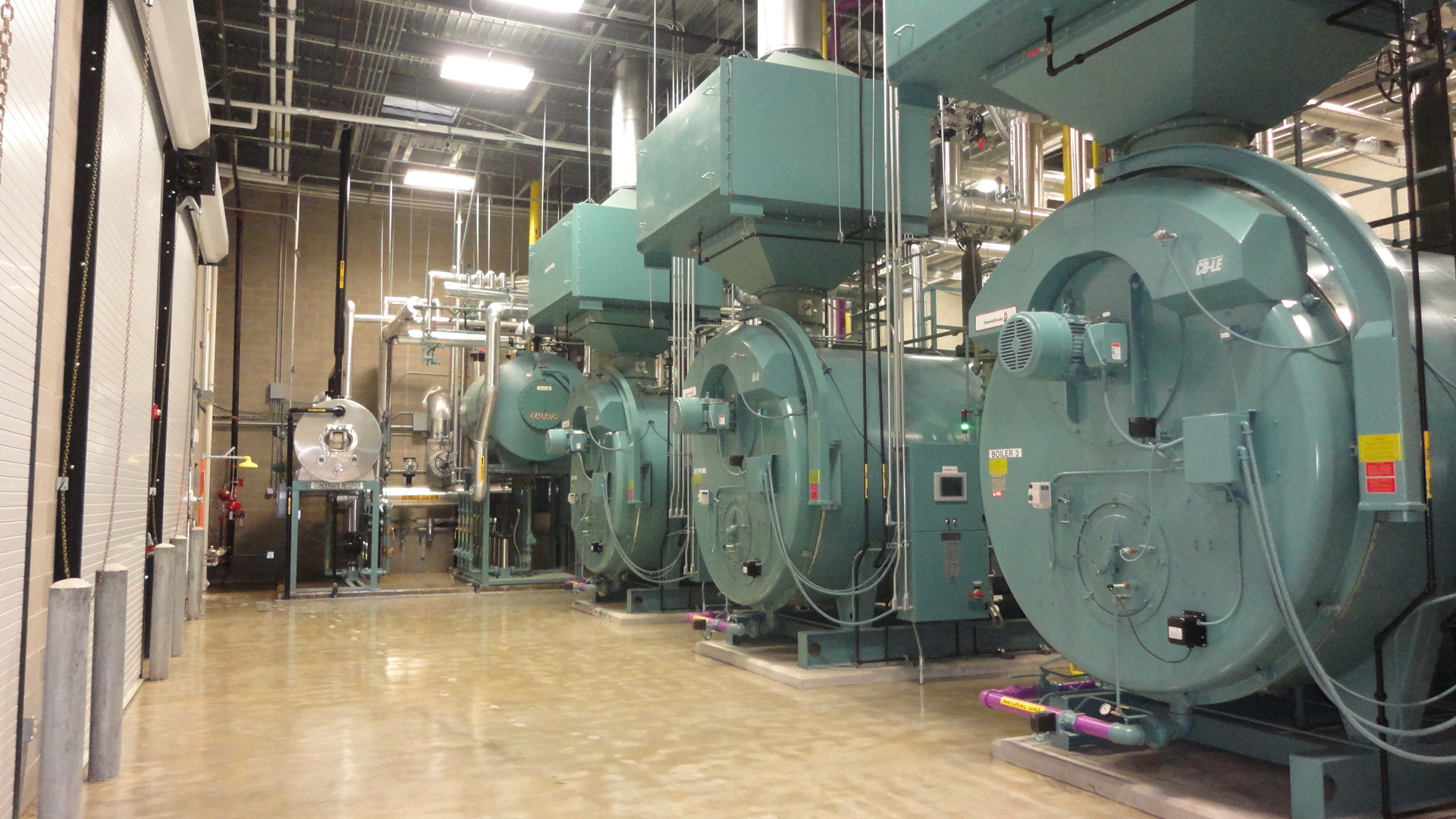Your food processing plant’s mechanical system will affect the entire facility’s operating efficiency. Water, steam and gas are the basic functions required to run any processing plant, so the design process must begin with a full evaluation of these resources. Your mechanical engineers should address four critical areas in the early stages of your plant’s design:
1. Water – Water goes into almost every process within a food processing plant. As a result, it’s important to understand the source of your water before the design of any mechanical systems can begin. Is the water hard or soft and will it require purification or treatment? Does it contain chlorine? Will you need booster pumps to increase flow rate? The makeup of your water will also determine the types of materials you’ll use within the plant. For example, hard water can lead to scale in piping so either the water must be softened or you must choose a material that resists scale
2. Steam – Most processes within a food plant also require steam. The process equipment used within the plant will drive the capacity requirements, so the mechanical system should be designed to meet those needs. An important point to note here: consider the future needs of the plant when determining steam and boiler requirements. Designing a system to meet the plant’s needs today is not the end goal. The design should anticipate future growth and expansion of the plant, both from a space and resource capacity standpoint
3. Gas – Is natural gas accessible to the plant? Is there an existing line, and if so, does it have the capacity to operate the plant’s processes? In most cases, gas will be used to power the plant’s process equipment yet existing lines may not offer the necessary capacity. Your local gas company may need to install additional lines.
4. Air balance – Designing a mechanical system to ensure the necessary air balance within the plant is one of the most critical considerations. It’s important at the outset to determine the specific function of each area within the plant. While loading docks and non-process areas can have a negative air balance, process areas must maintain a steady, positive air balance. Understanding the size and function of these process areas will determine the number and size of air exchanges required.
Understanding and evaluating the capacity needs of your plant’s process equipment will drive all future decisions during the design process. If you’d like to learn more about top areas to address when designing your mechanical system, comment below!



